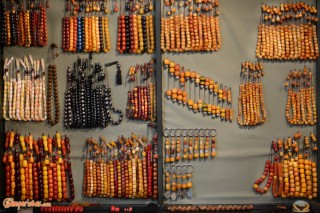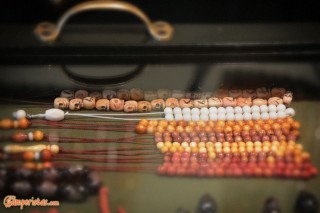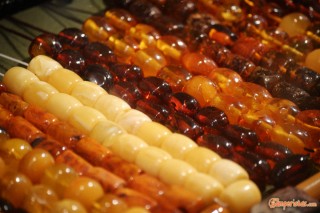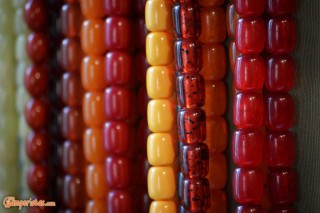
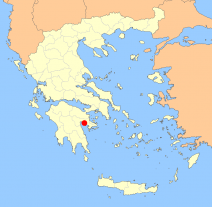 Walking through the narrow streets of the old town of Nafplion, I realized that there are a lot of stores and workshops dedicated to Komboloi, that sort of rosary that you see very often in the hands of Greek men. So when I found myself passing in front of the ‘Museum of the Komboloi’, I could not resist the temptation and I had to get in and have a look around…
Walking through the narrow streets of the old town of Nafplion, I realized that there are a lot of stores and workshops dedicated to Komboloi, that sort of rosary that you see very often in the hands of Greek men. So when I found myself passing in front of the ‘Museum of the Komboloi’, I could not resist the temptation and I had to get in and have a look around…
[sam id=”7″]
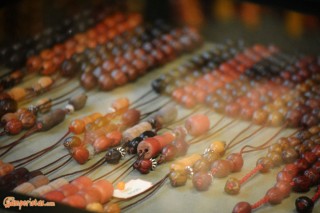
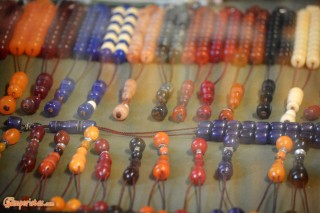
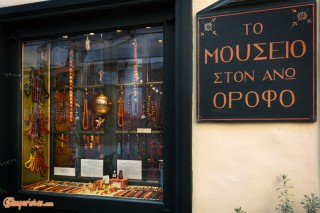
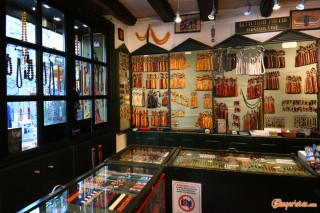 So I discovered that despite living in Greece for almost 40 years, I knew little or nothing on the object that perhaps best characterizes the figure of Greek man, the Zorbas’ style kind of Greek man!
So I discovered that despite living in Greece for almost 40 years, I knew little or nothing on the object that perhaps best characterizes the figure of Greek man, the Zorbas’ style kind of Greek man!
Let’s start from the fact that although being inspired by the Muslim rosary (Tasbih), the Komboloi have not and never had any connection with religion. Its sole function is that of a pastime and breakout toy. The Orthodox have their own version of the rosary for prayer (Komboskini), but it has nothing to do with the Komboloiwhich does not have a fixed number of pearls and can be made of very different materials. The most valuable are made of amber, but often wood, ivory, crystal, coral, semi-precious stones, synthetic resins or even olive pits are used.
Another interesting fact is that the Komboloi is not tied to Nafplion by special roots. It was the founder of this museum to open the first shop and museum in the city in 1998, thus beginning the tradition.
The entry to the museum, on the first floor of the store, costs 2 € and allows you to enjoy an interesting collection of rosaries from various religions dated 1550-1950. In the shop you can see instead (for free!) hundreds of different Komboloia, with prices starting from € 6 for those made of synthetic resin. Being an object held in the hand for hours it is essential to choose the material which, in contact with the skin gives you the best feeling.
Below, an image of the museum interior.
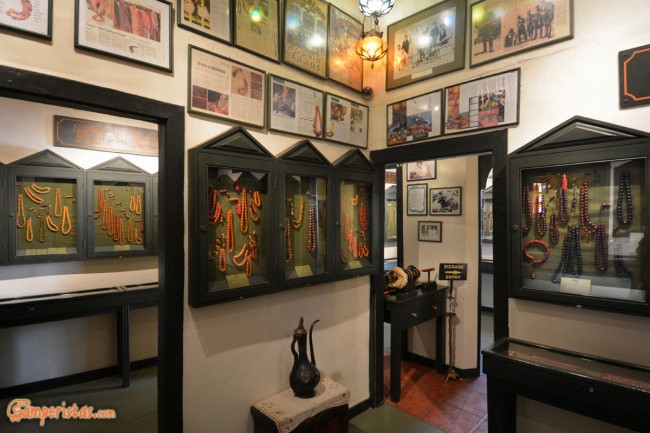
A short video I found showing how to use the Komboloi
[sam id=”7″]

